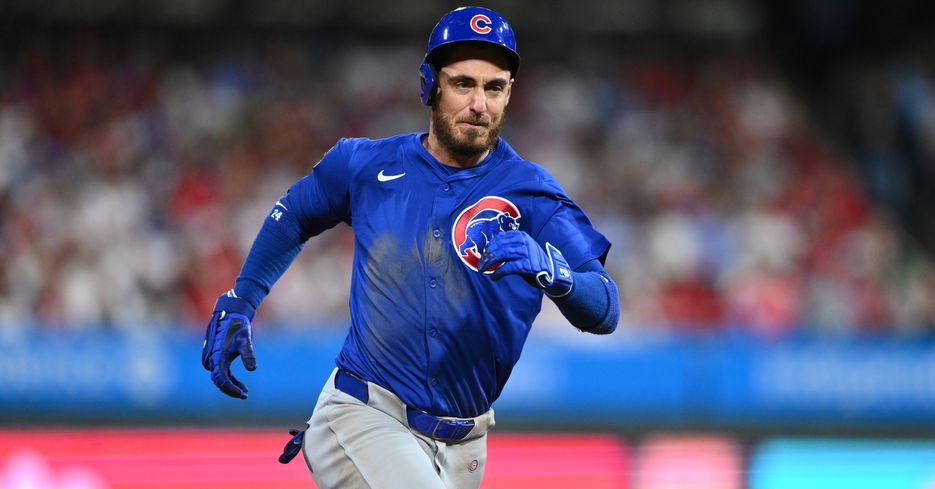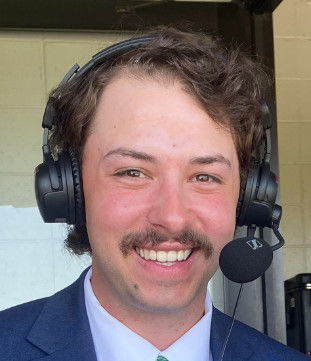
Bulls News: Did trading Cody Bellinger make sense? |
The Cubs have traded Cody Bellinger to the New York Yankees. In return, the Cubs acquired a 30-year-old right-handed reliever in Cody Poteet and, more importantly, freed up 20 million dollars to spend.
On the surface, one thing seems apparent: When the Cubs made their plans for 2025, they did not anticipate that Cody Bellinger would be with them. You can think of it this way: Instead of Cody Bellinger opting out, they get to add a depth piece to what is a crowded bullpen/starting rotation. In a vacuum, the move appears to be a salary dump, but I don’t think it’s truly fair to grade the trade until we know what the Cubs will do with the money they saved from having to pay Bellinger. I see both sides. The Cubs finally made a big market move last week when they traded for Kyle Tucker and then responded by trading away one of their better hitters. Fans feel frustrated. The New York Yankees and the Los Angeles Dodgers don’t trade away their best players to free up money; they make it work. However, from a baseball perspective — having a 27-million-dollar player on your team who doesn’t have a set position does not seem like a smart baseball venture. In his career, Bellinger has mainly been a centerfielder or first baseman. But, on the Cubs’ current roster, they have a younger, cheaper, and defensively better option at each position. The move shows the Cubs’ confidence in Michael Busch and Pete Crow Armstrong. When both Crow-Armstrong, who immediately projected as a top defensive center fielder in all of baseball the second he stepped on the field, and Busch, whose rookie year was filled with consistency at the plate and immense improvement at first base, arrived on the big league roster, that moved Bellinger to right field or DH as a primary role, with Sieya Suzuki taking the other end of that coin. The Cubs had the best of both worlds: They had their best defenders without suffering their best hitters. However, the ability for Bellinger, Suzuki, Busch, and Crow-Armstrong to be in the lineup together dramatically changed when the Cubs acquired Kyle Tucker. Of those four players, Bellinger became the odd man out. Suzuki’s offensive numbers have improved each year of his big league career. That, mixed with the fact that Suzuki has longer control, made him a more valuable piece in the Cubs puzzle. Add in the Cubs’ confidence in Busch and Crow-Armstrong, and it makes sense for Bellinger to be on the outside looking in. There was plenty of speculation once that if the Cubs wanted to keep Bellinger, Busch could slide across the diamond to third base or to second base, and Nico Hoerner could slide to third. While that option could improve the Cubs' offense, they would lose a bit of success on the defensive side of the ball. Not to mention, that possibility blocks Matt Shaw from playing time in 2025, whom the Cubs want to extend a “long look” at. When you factor in all those different pieces of the puzzle, it makes sense why the Cubs were eager to move Cody Bellinger. While I understand the fans' frustration that comes with a big market team making a salary dump type of trade, I encourage fans not to make their mind up on the trade until we know what the Cubs do with their newly freed-up $27 million in 2025 and beyond.







